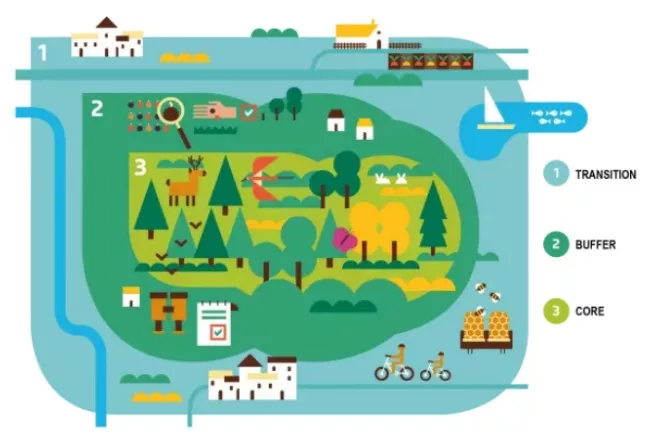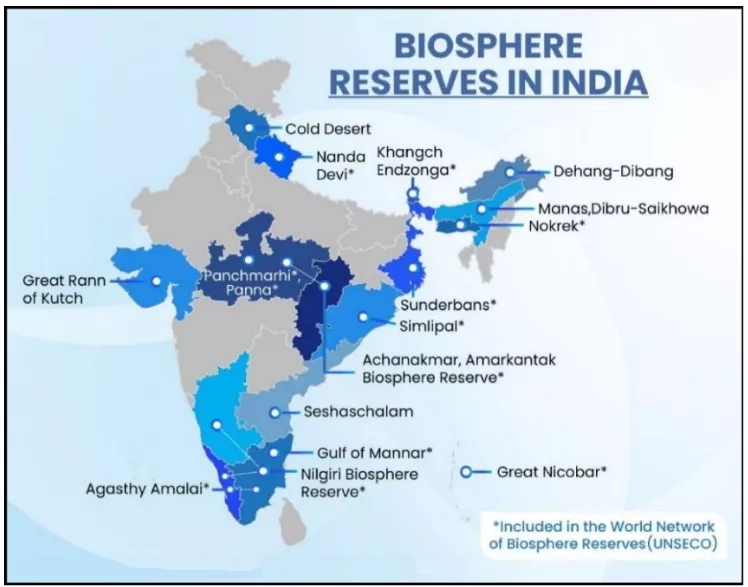![]() 4 Nov 2025
4 Nov 2025

Every year on November 3, the world celebrates the International Day for Biosphere Reserves.
 Internationally recognised by UNESCO under the Man and the Biosphere (MAB) Programme.
Internationally recognised by UNESCO under the Man and the Biosphere (MAB) Programme.Check Out UPSC CSE Books
Visit PW Store


<div class="new-fform">
</div>
